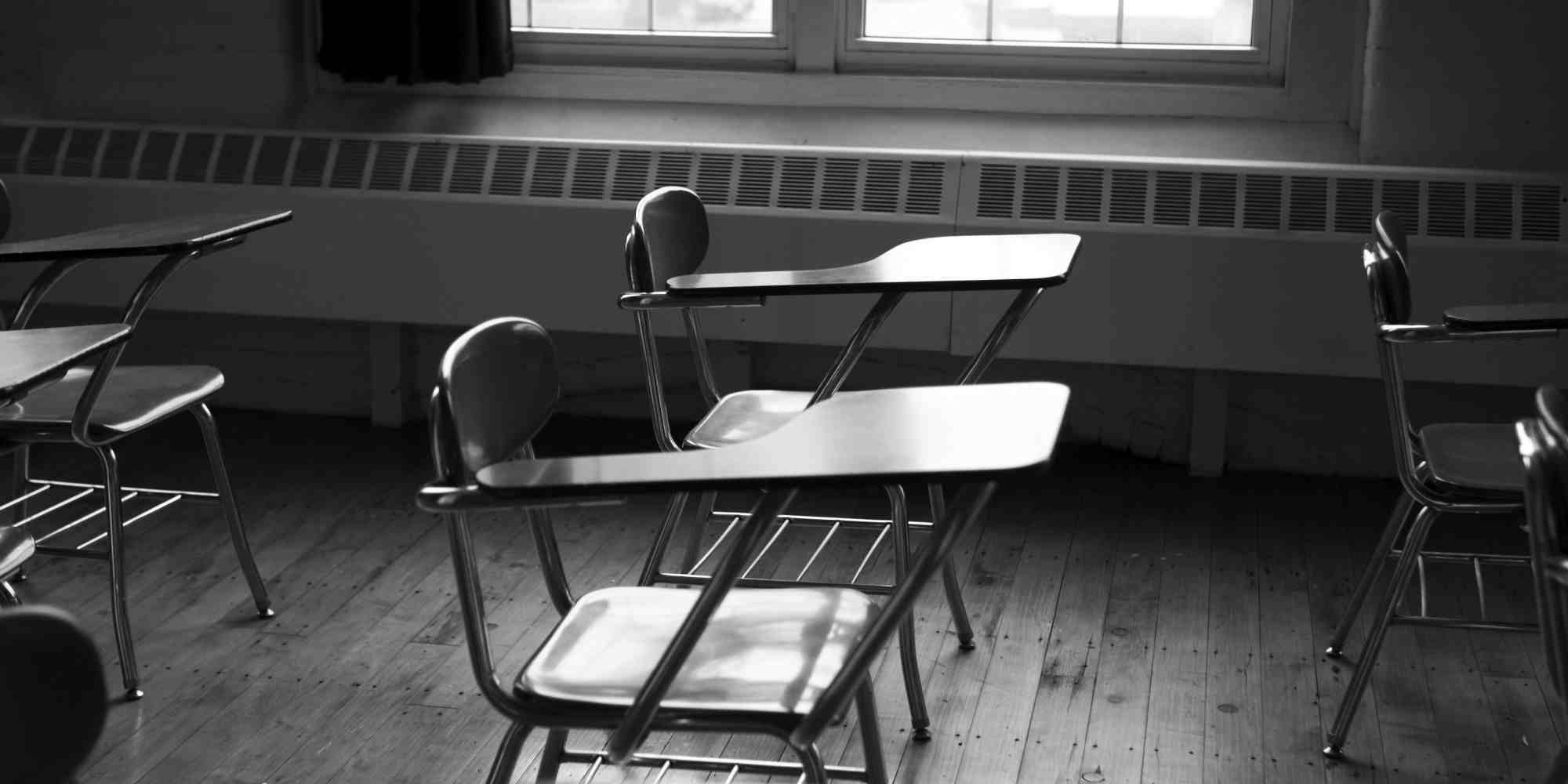
Activities of daily living (ADLs or ADL) is a term used in healthcare to refer to people’s daily self care activities. The concept of ADLs was originally proposed in the 1950s by Sidney Katz and his team at the Benjamin Rose Hospital in Cleveland, OH and has been added to and refined by a variety of researchers since that time. Health professionals often use a person’s ability or inability to perform ADLs as a measurement of their functional status, particularly in regard to people post injury, with disabilities and the elderly. Younger children often require help from adults to perform ADLs, as they have not yet developed the skills necessary to perform them independently.
ADLs are defined as “the things we normally do… such as feeding ourselves, bathing, dressing, grooming, work, homemaking, and leisure.” A number of national surveys collect data on the ADL status of the U.S. population. While basic definitions of ADLs have been suggested, what specifically constitutes a particular ADL for each individual may vary. Adaptive equipment and devices may be used to enhance and increase independence in performing ADLs. Basic ADLs consist of self-care tasks that include, but are not limited to:
Bathing and showering
Personal hygiene and grooming (including brushing/combing/styling hair)
Dressing
Toilet hygiene (getting to the toilet, cleaning oneself, and getting back up)
Functional mobility, often referred to as “transferring”, as measured by the ability to walk, get in and out of bed, and get into and out of a chair; the broader definition (moving from one place to another while performing activities) is useful for people with different physical abilities who are still able to get around independently.
Self-feeding (not including cooking or chewing and swallowing)
One way to think about basic ADLs is that they are the things many people do when they get up in the morning and get ready to go out of the house: get out of bed, go to the toilet, bathe, dress, groom, and eat.
There is a hierarchy to the ADLs:” … the early loss function is hygiene, the mid-loss functions are toilet use and locomotion, and the late loss function is eating. When there is only one remaining area in which the person is independent, there is a 62.9% chance that it is eating and only a 3.5% chance that it is hygiene.”
Although not in wide general use, a mnemonic that some find useful is DEATH: dressing/bathing, eating, ambulating (walking), toileting, hygiene.
Further reading –
https://en.wikipedia.org/wiki/Activities_of_daily_living
